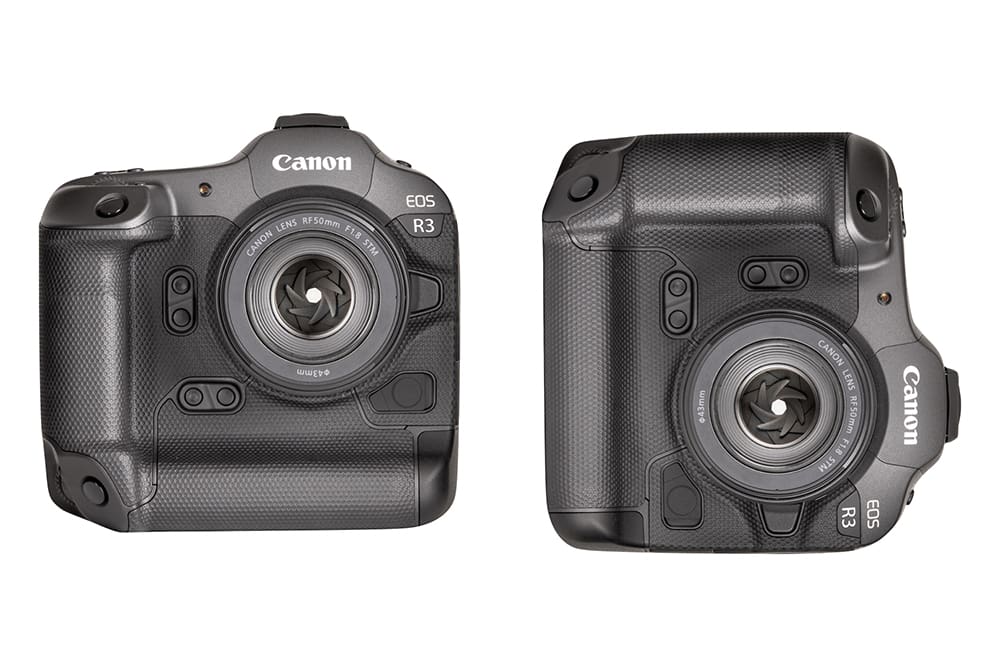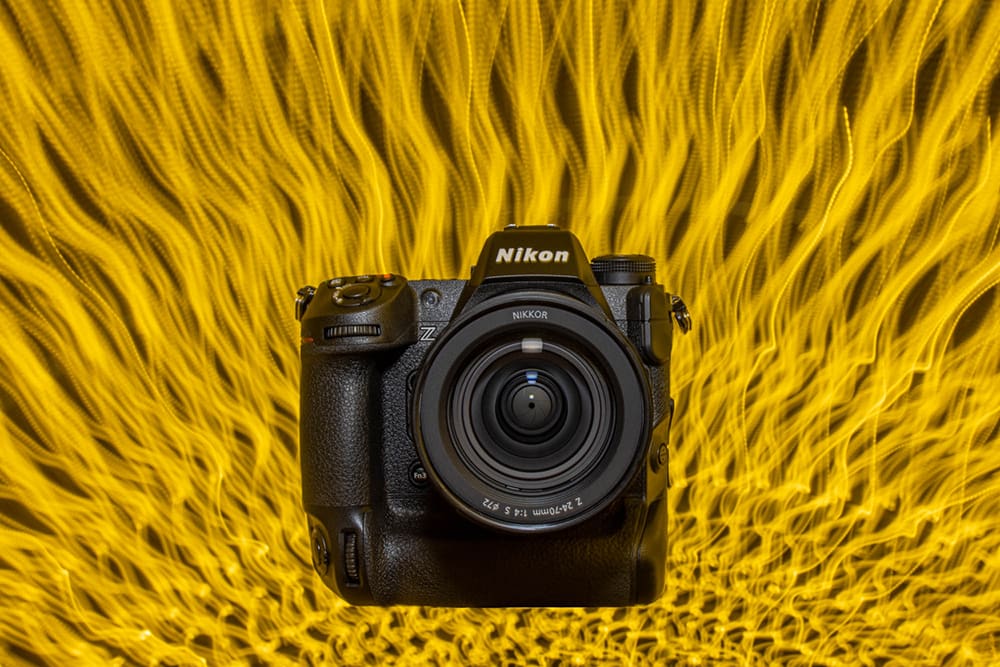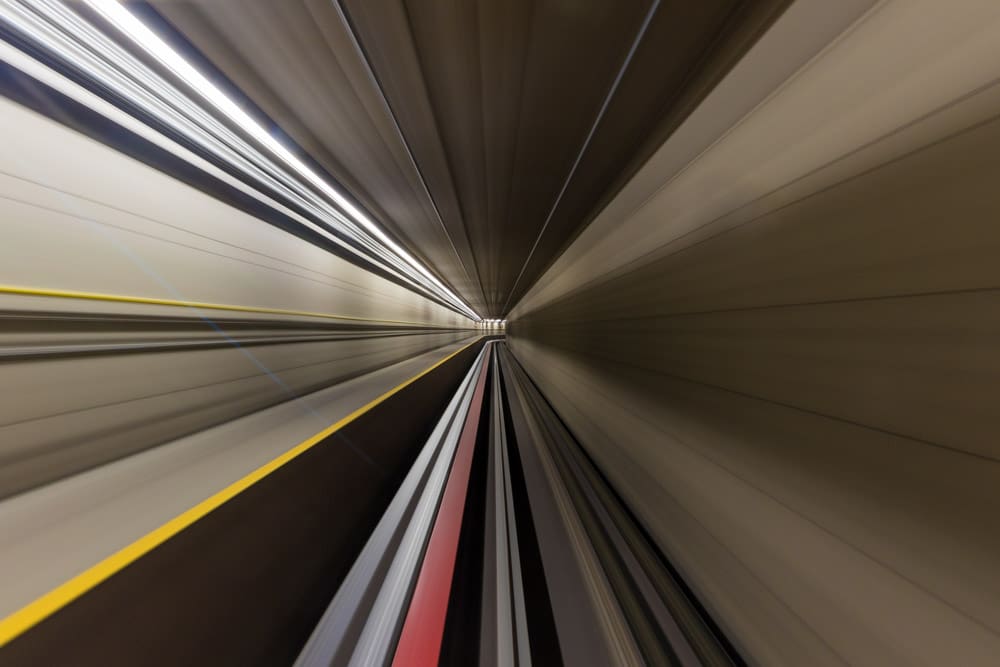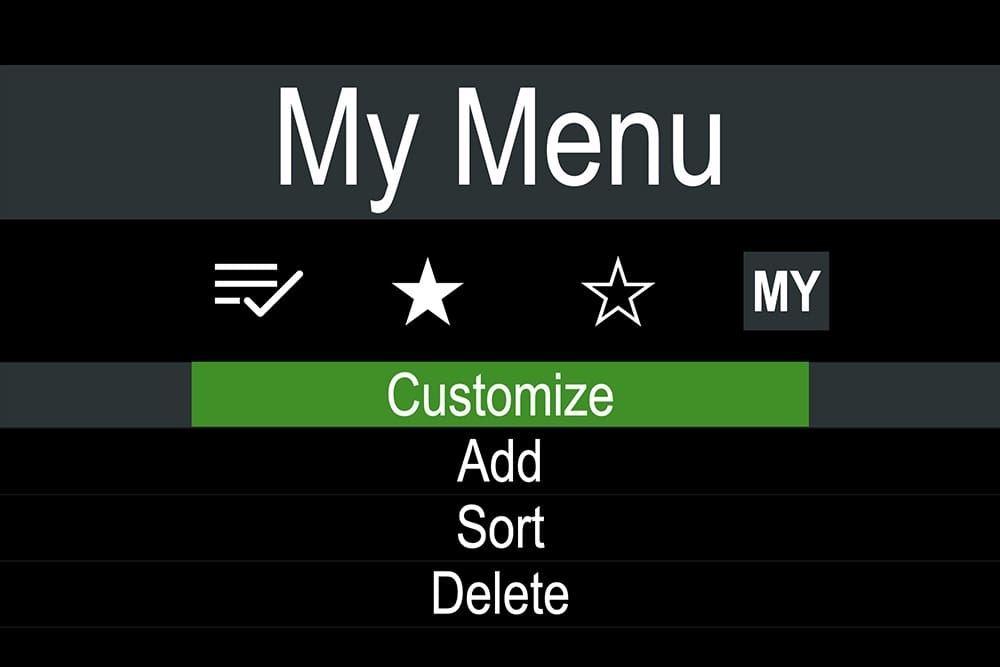Our YouTube and Newsletter subscribers frequently send in questions about a variety of topics. We thought a few of these questions were valuable to share with our broader audience.
Q1. Why does my camera have greyed out menu items that I can’t access?
As cameras offer more and more features, some of those features interfere with other operations of the camera. As a result some features are not available when certain other features are in use. Some cameras offer a brief explanation of the conflicting setting but many, frustratingly, offer no information at all.
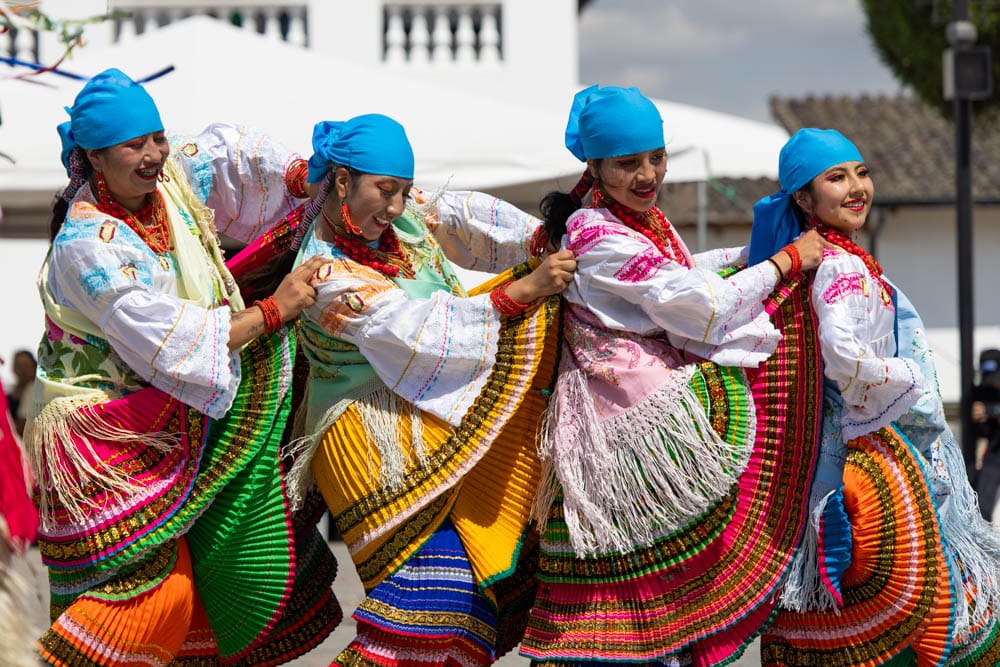
Canon R5, RF 70-200MM F/4 @ 135MM | F/4 | 1/800 SEC | ISO 100
Every brand of camera is different and I will certainly not be able to explain every conflict in every camera in a quick Q&A like this, but I can point you to the most common culprits. So when I want to adjust a greyed-out item, here is where I look to resolve the problem. Be aware that the exact name of the menu item may differ from what I’ve listed here depending on your specific camera.
- Image quality: RAW/JPEG
- Shutter Type: Mechanical/Electronic
- Time Lapse: On/Off
- Focus Stacking: On/Off
- Multi/Shot High Res: On/Off
- Video shooting: On/Off
There are other items that could be on this list, but these are the most frequent items to cause a problem. Check these first to resolve the issue. The offending feature will most likely need to be turned off or a different setting may need to be selected.
Q2. What would you recommend for a travel photographer who doesn’t like to change lenses? Should I go for a compact camera instead of a mirrorless interchangeable lens one?
If you want to avoid changing lenses, it will limit the range of images you can capture. As long as you understand this, and are okay with it, you can still take great photos. It all comes down to what aspect of photography you are willing to limit. Everybody is different, but I could be happy with a full-frame equivalent of a 24-105mm for many travel situations. This choice is a balance of zoom range, maximum aperture, and overall weight and size.
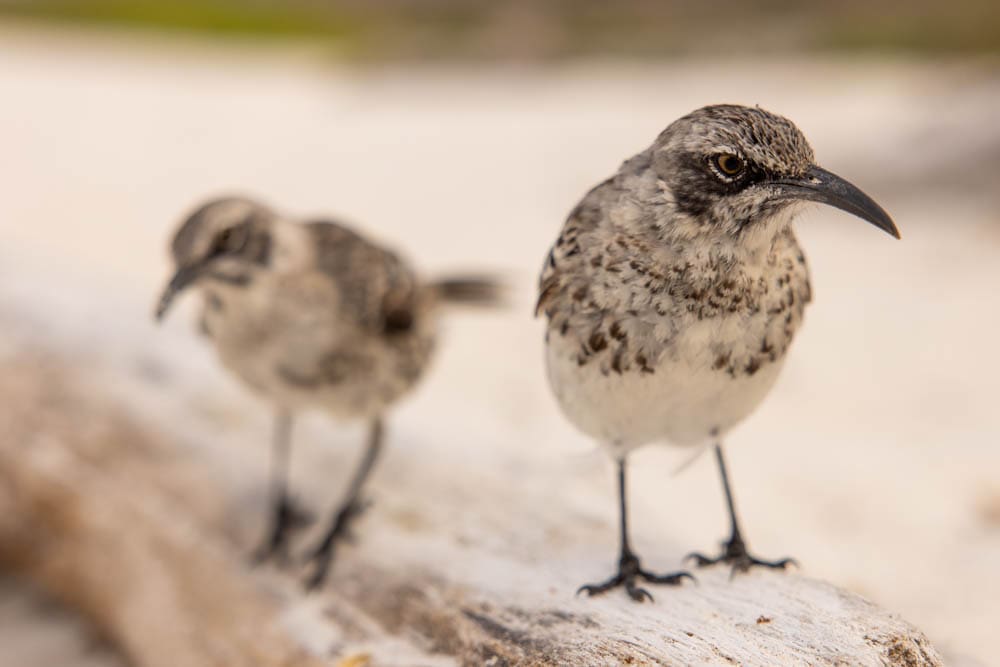
Canon R5, RF 24-70MM F/2.8 @ 69MM | F/4 | 1/1250 SEC | ISO 200
If your travel involves capturing wildlife, the single lens option will be more challenging. There are several super-zoom options for mirrorless cameras: Canon 24-240mm f/4-6.3, Nikon 24-200mm f/4-6.3, Sony 24-240mm f/3.5-6.3, Fujifilm 18-135mm f/3.5-5.6, OM System/Olympus 12-200mm f/3.5-6.3. There are two notable downsides to using a lens like any of the ones listed here. Firstly, they all offer a relatively slow aperture and that means higher ISO settings in low light and less ability to separate a subject from the background using shallow depth-of-field. Secondly, the super-zoom lenses are relatively big and heavy. If you are using this as your everyday carry-everywhere camera+lens combo, it may get to feel a bit like a boat anchor. However if you are working in abundant light and changing lenses is more of an issue than weight, this may be the best solution.
Some people choose the option of a compact super-zoom point-and-shoot camera. Some of these cameras have lenses that have zoom lens ranges equivalent to 24-600mm in full-frame. These cameras use a vastly smaller sensor and will offer lower image quality in general and significantly lower quality in dim light. These super-zooms would be best on safari where abundant light is common. If you want the zoom range and low-weight, it’s really the only good option available.
As always, it’s about compromises. Ask yourself what is most important to you and what are you willing to give up to get it. This compromise and many others that affect the traveling photographer are discussed in my Travel Photography Essentials class.
Q3. How do I switch quickly between landscape shots and fast moving birds?
Changing between two different styles of photography can frequently involve several setting adjustments, taking time and missing opportunities. When changing from landscapes to birds I usually need to change the following features:
- Shutter speed
- Aperture
- ISO
- Focus Mode
- Focus Area
- Subject Tracking
If you know your camera well you might be able to make all these adjustments in as little at 10 to 15 seconds. An alternate option is to set up a Custom Mode; available on most cameras. This feature will allow you to have preset settings for multiple shooting scenarios. These are most frequently featured on the camera’s mode dial (top deck) as C1, C2, C3. In my Complete Camera Guides, I go through the set-up procedure on how to program the camera for this in section 3 of each class.

Canon R5, RF 70-200MM F/4 @ 70MM | F/5.6 | 1/50 SEC | ISO 400
This is a great feature that allows you to change everything in an instant; however truth be told, I rarely use custom modes. Why don’t I use them? Answer: I like setting up the camera specifically for what I’m going to shoot. An eagle soaring in the sky is different than penguins playing in the water. I like to be very specific about the chosen shutter speed, making sure it’s fast enough but not overly fast. I want the focus area to match the size of my subject but not to be too large and start focusing on unintended areas. Subject tracking is fantastic on most cameras, but has limitations in a number of situations. In short, I want my set-up to be the very best possible for capturing my intended subject. I’m willing to sacrifice the first 15 seconds of action so that my camera is properly setup for everything else that happens beyond that point.
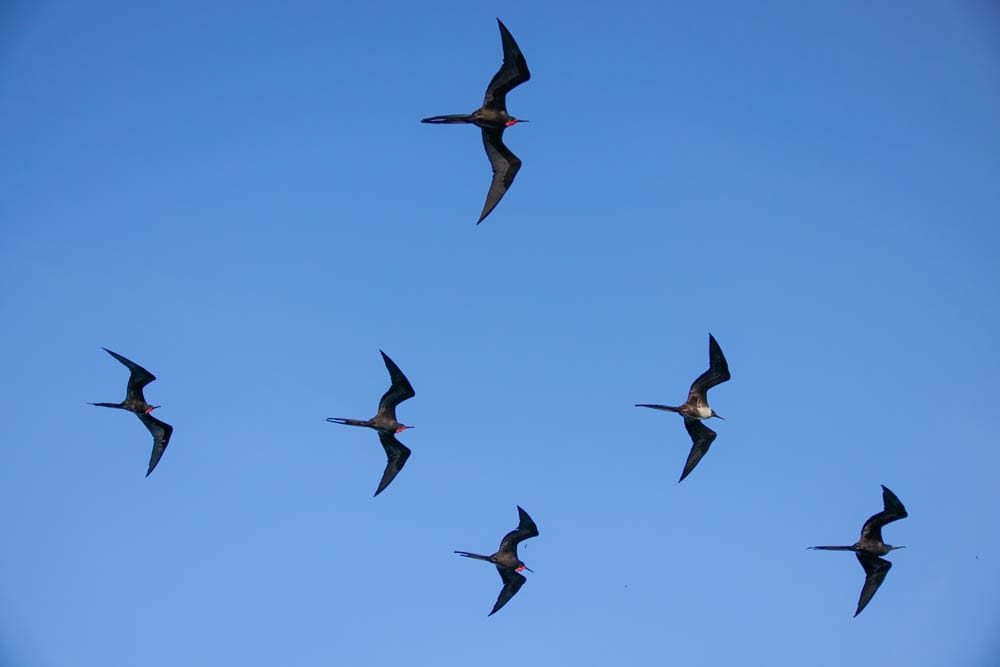
Canon R5, RF 24-70MM F/2.8 @ 33MM | F/2.8 | 1/500 SEC | ISO 640
I still encourage the use of custom mode; they are the easiest way of switching genres in an instant. But as you all know, I encourage you to know your camera and how to operate it. So even if you use custom modes, be prepared to jump in and make modifications to meet your current and most important needs.
Q4. My camera has “animal” detect. It recognizes my subject most of the time, but then sometimes it doesn’t work. Why?
The latest generation of mirrorless cameras featuring subject detection has been a game-changer when it comes to the task of focusing on fast moving animals. In general, this feature has made the task of keeping focus locked on to randomly moving subjects much easier for the average photographer.
However, subject or animal detect is only as good as it has been programed to be. For easy subjects like a dog walking with a distant background or a bird in flight in a clear sky, you can rely on most cameras to accurately track them. Depending on the brand, model, and year of your camera it may or may not do as well in more challenging situations.
I was recently photographing sea lions playing in the water. When their heads were clearly above the waterline the subject detection was easily locking in on them. As the splashing water covered more and more of their heads, the tracking systems started to falter. When the sea lions went below the waterline the tracking system stopped altogether and the system reverted to focusing on whatever was closest or whatever it could lock onto. This left the camera focused in the wrong area when the sea lions surfaced again.
On another occasion I was shooting iguanas sitting on rocks. They weren’t moving at all, just sitting solid as a rock. In fact they were well camouflaged in the rocks; they were so well camouflaged that the camera wasn’t able to identify them from the rocks.
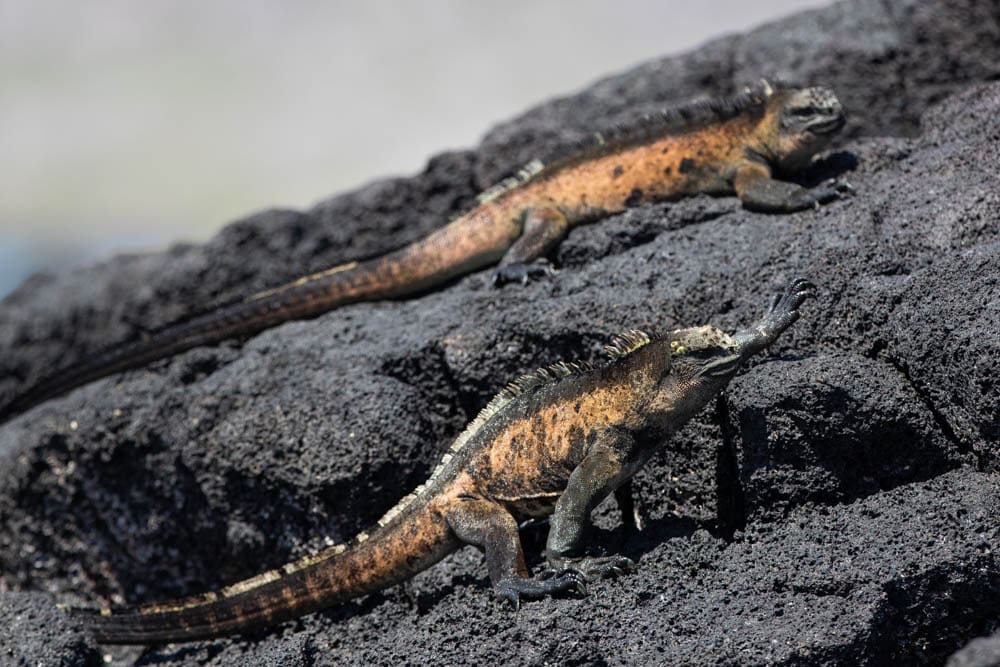
Canon R7, EF 300MM F/2.8 @ 300MM | F/3.2 | 1/1600 SEC | ISO 200
Was the subject tracking tested to work with sea lions splashing in the water, or iguanas on a rock? I have no idea, but it should be easy to understand that it’s very difficult to have a feature like this work perfectly in every imaginable scenario.
This is the frustrating aspect to this wonderful new feature, it works most of the time, but not all the time. It’s up to us to learn the strengths and weakness of our cameras for what we like to do with them. Like many other features I’m always ready to switch them off and set the camera up in a more manual manner in order to get what I want. If you know your camera well this can be fast and easy to do.
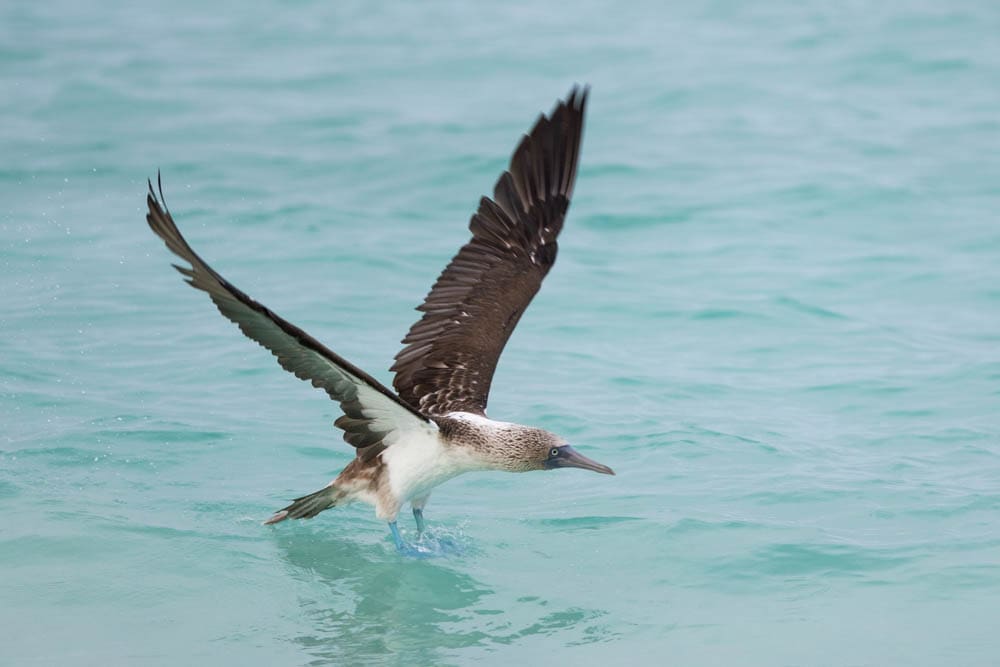
Canon R7, EF 300MM F/2.8 @ 300MM | F/2.8 | 1/1000 SEC | ISO 400
The latest generation of Sony cameras (Sony A7R V) has added an extensive menu section that allows for customization of the subject tracking system. This complex menu allows you to select how persistent the tracking system is when a full subject isn’t recognized and what it does when it switches to the next “subject.” While this menu does allow for a high level of programing, it is very complex and difficult to understand. (Yes, this is something that’s covered thoroughly in my Sony A7RV: Complete Camera Guide).
In closing, I do recommend using subject tracking in most situations. While not perfect it’s far better than manually focusing or using the standard follow-focusing in most situations. Once again, just be prepared to switch out of auto and jump in to adjust according to your needs.
Become part of John’s inner circle
Sign up for the newsletter here — it’s free.
Want to become a better photographer?
Check out John’s selection of photography and camera classes here.
